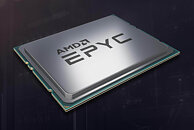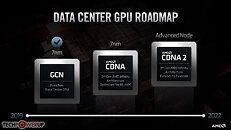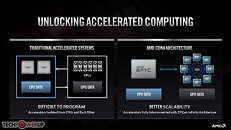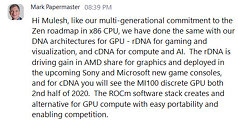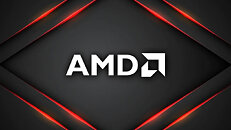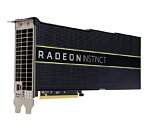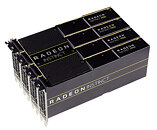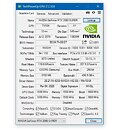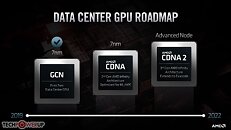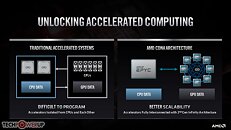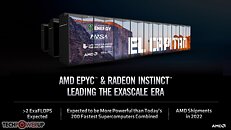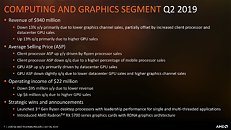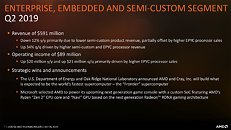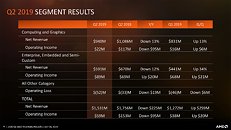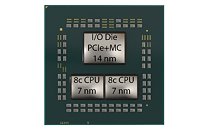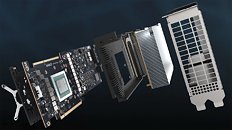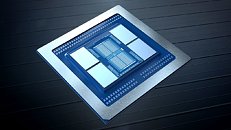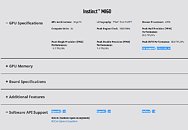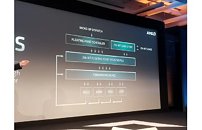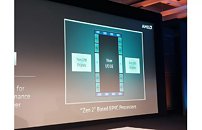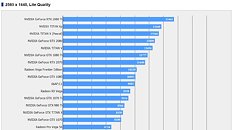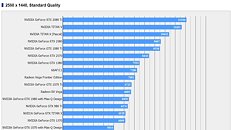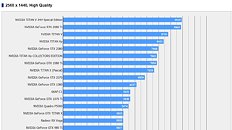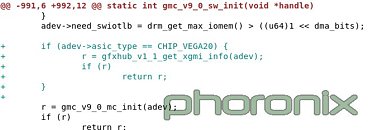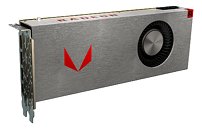
AMD Ryzen 8040 Series "Hawk Point" Mobile Processors Announced with a Faster NPU
AMD today announced the new Ryzen 8040 mobile processor series codenamed "Hawk Point." These chips are shipping to notebook manufacturers now, and the first notebooks powered by these should be available to consumers in Q1-2024. At the heart of this processor is a significantly faster neural processing unit (NPU), designed to accelerate AI applications that will become relevant next year, as Microsoft prepares to launch Windows 12, and software vendors make greater use of generative AI in consumer applications.
The Ryzen 8040 "Hawk Point" processor is almost identical in design and features to the Ryzen 7040 "Phoenix," except for a faster Ryzen AI NPU. While this is based on the same first-generation XDNA architecture, its NPU performance has been increased to 16 TOPS, compared to 10 TOPS of the NPU on the "Phoenix" silicon. AMD is taking a whole-of-silicon approach to AI acceleration, which includes not just the NPU, but also the "Zen 4" CPU cores that support the AVX-512 VNNI instruction set that's relevant to AI; and the iGPU based on the RDNA 3 graphics architecture, with each of its compute unit featuring two AI accelerators, components that make the SIMD cores crunch matrix math. The whole-of-silicon performance figures for "Phoenix" is 33 TOPS; while "Hawk Point" boasts of 39 TOPS. In benchmarks by AMD, "Hawk Point" is shown delivering a 40% improvement in vision models, and Llama 2, over the Ryzen 7040 "Phoenix" series.
The Ryzen 8040 "Hawk Point" processor is almost identical in design and features to the Ryzen 7040 "Phoenix," except for a faster Ryzen AI NPU. While this is based on the same first-generation XDNA architecture, its NPU performance has been increased to 16 TOPS, compared to 10 TOPS of the NPU on the "Phoenix" silicon. AMD is taking a whole-of-silicon approach to AI acceleration, which includes not just the NPU, but also the "Zen 4" CPU cores that support the AVX-512 VNNI instruction set that's relevant to AI; and the iGPU based on the RDNA 3 graphics architecture, with each of its compute unit featuring two AI accelerators, components that make the SIMD cores crunch matrix math. The whole-of-silicon performance figures for "Phoenix" is 33 TOPS; while "Hawk Point" boasts of 39 TOPS. In benchmarks by AMD, "Hawk Point" is shown delivering a 40% improvement in vision models, and Llama 2, over the Ryzen 7040 "Phoenix" series.








